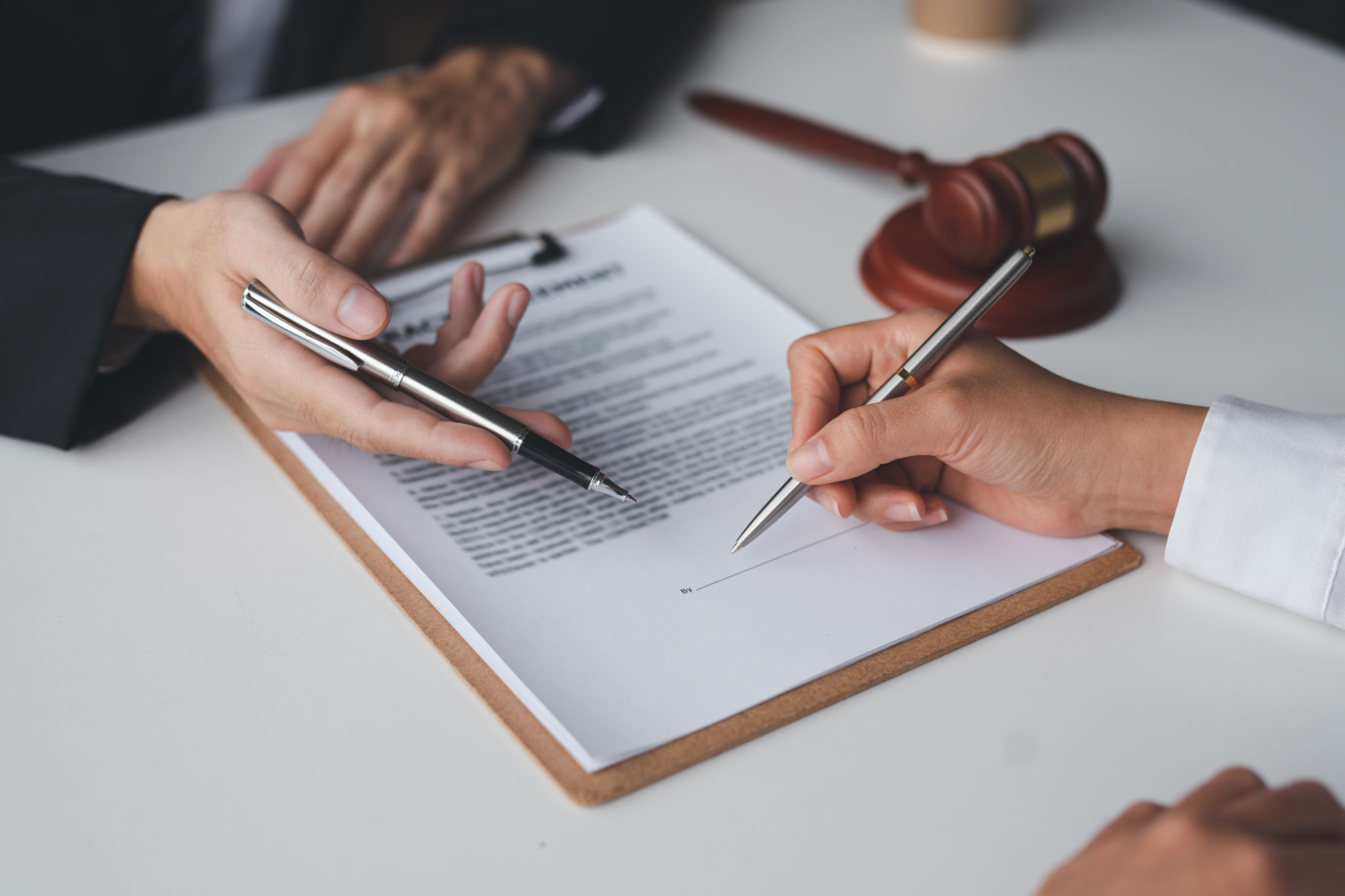How to Draft a Lease Agreement for Residential Properties: Essential Tips
Understanding the Basics of a Lease Agreement
Creating a lease agreement for residential properties is a crucial step in renting out your property. A lease agreement is a legally binding contract that outlines the terms and conditions under which a tenant rents a residential property from a landlord. It's essential to ensure that your lease agreement is clear, comprehensive, and tailored to protect both parties' interests. In this guide, we will walk you through the essential tips to draft an effective lease agreement.

Key Components of a Residential Lease Agreement
A well-drafted lease agreement should include several key components. First, ensure that the agreement clearly identifies the parties involved: the landlord and the tenant. Next, include a detailed description of the property being leased, including its address and any specific features or restrictions.
Another critical component is the term of the lease. Specify the lease duration, whether it's a fixed-term lease or a month-to-month agreement. Additionally, define the rental amount and payment terms, including the due date and acceptable payment methods.
Incorporating Legal Terms and Conditions
Incorporating legal terms and conditions is vital to protect your interests as a landlord. Outline the tenant's responsibilities, such as maintenance and repair obligations, and establish rules regarding alterations to the property. It's also important to include clauses on late fees, security deposits, and procedures for terminating the lease.

Moreover, be sure to comply with local and state laws regarding landlord-tenant relationships. This might involve incorporating specific disclosures required by law or adhering to rent control regulations in certain areas.
Addressing Common Areas of Dispute
To minimize potential conflicts, address common areas of dispute in your lease agreement. Specify guidelines for the use of common areas, policies on pets, and rules about noise levels. Clearly outline who is responsible for utilities and any shared expenses.
Another potential area of contention is property damage. Clearly define what constitutes normal wear and tear versus damage that requires tenant compensation. This clarity can prevent misunderstandings when the tenancy ends.

Reviewing and Finalizing Your Lease Agreement
Once you've drafted your lease agreement, review it carefully to ensure it covers all necessary aspects and complies with relevant laws. It's advisable to consult with a legal professional to ensure your document is legally sound and enforceable.
Finally, before finalizing the agreement, go over it with your prospective tenant to ensure they understand all terms and conditions. This step can help establish a positive landlord-tenant relationship from the outset.
Conclusion: Protecting Your Investment
A well-drafted lease agreement is a powerful tool for protecting your investment in residential properties. By ensuring clarity, compliance with legal standards, and addressing potential areas of dispute, you can create a document that safeguards both you and your tenants. Taking the time to draft a thorough lease agreement can prevent future headaches and foster a harmonious rental experience.
